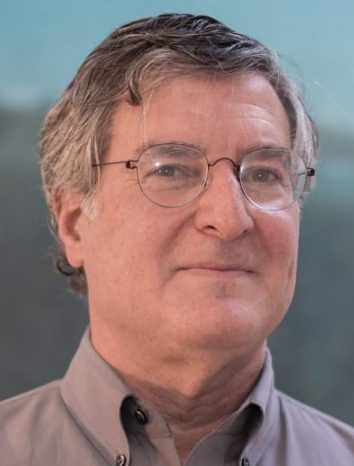
I run a company that provides analysis of mortgage borrowers to financial institutions. As a result, I am often approached for financial advice. The most common questions are: Should I buy this or that stock? Are home prices going up or down? Should I invest in Bitcoin?
Rarely if ever am I asked: How much money do I need to save for retirement? What type of mortgage best matches my income, risk tolerance and expected tenure in this home? What is the lowest cost way to invest in the stock market?
I have learned that most people are not even aware of the questions they need to ask in order to make good financial decisions. We have failed to include principles of finance in the provision of basic education.
Finance can be bewildering to the novice: debit cards, credit cards, mutual funds, ETFs, full-service brokers, discount brokers, banks, insurance companies, IRAs, 401(k)’s, Roth IRAs, Ginnie Mae, Sallie Mae, Freddie Mac. We are bombarded with advertisements and advice all pushing different products.
While the vocabulary of finance can be overwhelming, most financial decisions are about either transferring your money across time (borrowing or investing) or managing uncertainty (safe vs. risky investments; insurance). Given the right tools and techniques to evaluate alternatives, we can make good financial decisions. Fortunately, mathematicians have been developing the necessary financial evaluation tools for centuries.
Read: Financial literacy brings value to K12 culture
In fact, Yale professor William Goetzmann in his book Money Changes Everything, tells us that many of the great advances in mathematics from the discovery of logarithms to the mathematics of probability, as well as the math of infinite series and infinitesimal time, were developed to solve problems of finance.
Ironically, students can’t see the connection between the math they are learning and the life they are living. Although the mathematical methods derived from financial problems make up many of the topics in high school math, most are not taught as solutions to financial questions. Math classes are often devoid of applications that students find relevant, leading to the oft repeated phrase: “when am I ever going to use this?”
Conversely, while these mathematical methods were developed to solve problems in finance, most personal finance courses, where they are offered, do not provide the mathematical rigor needed to evaluate financial alternatives. Students are trained in the vocabulary, but not in mathematical understanding.
In 2015, I established a non-profit, the Financial Life Cycle Education Corp., (or FiCycle), to address this problem. We have developed a math course for high school students that combines essential principles of personal finance with the algebra, probability, and statistics skills needed to make financial decisions. Crucially, it is taught as a third- or fourth-year math course, for math credit, by a math teacher, so the fundamental mathematical principles of finance get the deep explanations they require.
By combining personal finance and math, we have created a course where students who previously didn’t see the value of math become engaged and excited to use mathematics. They now see it as a tool to solve the very problems that they know will arise in their lives. FiCycle and other similar courses have no need to shoe-horn “real world examples” into homework problems to show how math can be useful, because the entire course is a real real-world example.
Students who take courses that combine math and finance enjoy learning math because it has been tied to a practical purpose. The reaction among adults who learn about the course is also nearly unanimous, “I wish I had this when I was in high school.” Our goal is to make sure that future generations won’t have that regret.







